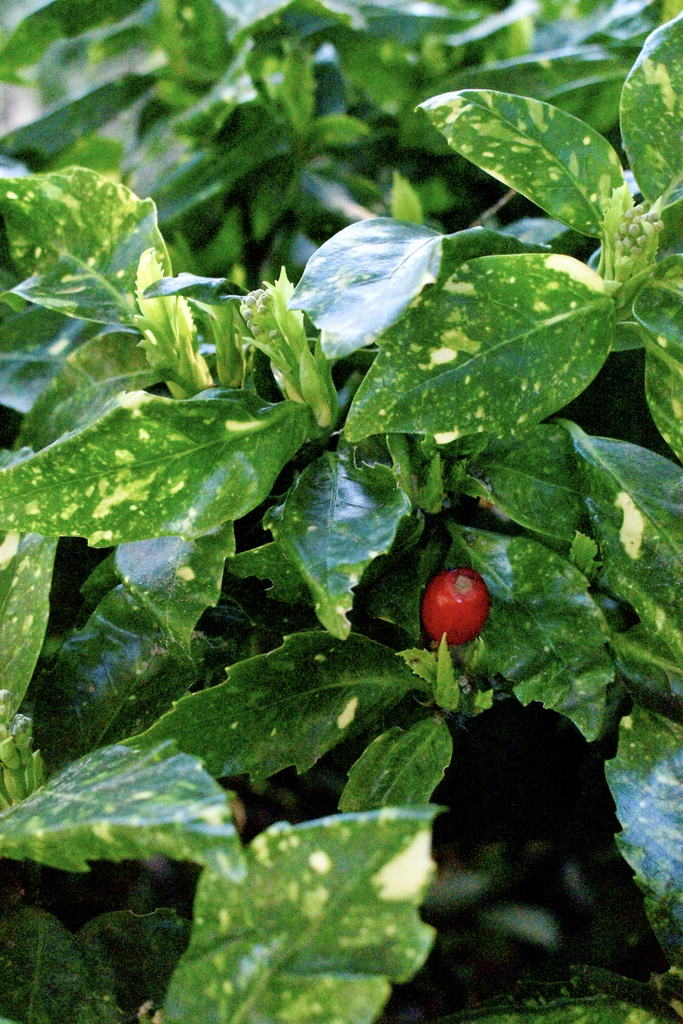Selecting Broad-Leaved Evergreens for the Landscape
go.ncsu.edu/readext?833401
en Español / em Português
El inglés es el idioma de control de esta página. En la medida en que haya algún conflicto entre la traducción al inglés y la traducción, el inglés prevalece.
Al hacer clic en el enlace de traducción se activa un servicio de traducción gratuito para convertir la página al español. Al igual que con cualquier traducción por Internet, la conversión no es sensible al contexto y puede que no traduzca el texto en su significado original. NC State Extension no garantiza la exactitud del texto traducido. Por favor, tenga en cuenta que algunas aplicaciones y/o servicios pueden no funcionar como se espera cuando se traducen.
Português
Inglês é o idioma de controle desta página. Na medida que haja algum conflito entre o texto original em Inglês e a tradução, o Inglês prevalece.
Ao clicar no link de tradução, um serviço gratuito de tradução será ativado para converter a página para o Português. Como em qualquer tradução pela internet, a conversão não é sensivel ao contexto e pode não ocorrer a tradução para o significado orginal. O serviço de Extensão da Carolina do Norte (NC State Extension) não garante a exatidão do texto traduzido. Por favor, observe que algumas funções ou serviços podem não funcionar como esperado após a tradução.
English
English is the controlling language of this page. To the extent there is any conflict between the English text and the translation, English controls.
Clicking on the translation link activates a free translation service to convert the page to Spanish. As with any Internet translation, the conversion is not context-sensitive and may not translate the text to its original meaning. NC State Extension does not guarantee the accuracy of the translated text. Please note that some applications and/or services may not function as expected when translated.
Collapse ▲Ah! Sweet Autumn is finally here. It is the season between summer, also known as Hell’s Front Porch, and Actual Fall. The days are clearer and cooler and if you are contemplating planting evergreen shrubs in your landscape, you couldn’t pick a better time of year to do so.
Determining what to plant takes a bit of planning. Consider the function of what you are planting. Do you need screening for privacy? Do you want to add to or replace your foundation plantings? Are there additions you would like to make in other areas to provide habitats for birds or pollinators or other wildlife? The amount of sunlight these areas receive will help determine what can be successfully grown. Plants that require full sun will need direct sun for at least six hours each day, while those that require filtered shade, part shade, or deep shade will vary greatly. The amount of space available is another consideration. Attention should be paid to how large the plant will get at maturity. When planting any landscape area, a soil test is highly recommended. Some plants such as azaleas and rhododendron grow best in soils with a lower pH. Some plants tolerate wetter conditions while others prefer a drier site. Be mindful of how well the soil drains and add amendments as needed.
Hardiness is one of the most important characteristics of any plant. It is an indication of the plant’s tolerance to cold. Climate and temperature vary across our state. Plants that may grow in our mountains or along our coastline may not be suitable here. The USDA Plant Hardiness Zone Map has Lee County in zone 7b to  8a. Fortunately, there are a wide range of evergreen plants that will do well in this area. Plants that can tolerate varying degrees of sunlight include abelia, boxwood, cleyera, distylium, numerous hollies, loropetalum, osmanthus, viburnum, and yucca. Some will require protection from the afternoon sun. Plants that are more successful on the shadier side include aucuba, azaleas, camellia, fatsia, gardenia, mahonia, non-invasive nandina, and rhododendron. These evergreens come in all heights and spreads and shapes such as round, columnar, fan-shaped, and pyramidal just to name a few.
8a. Fortunately, there are a wide range of evergreen plants that will do well in this area. Plants that can tolerate varying degrees of sunlight include abelia, boxwood, cleyera, distylium, numerous hollies, loropetalum, osmanthus, viburnum, and yucca. Some will require protection from the afternoon sun. Plants that are more successful on the shadier side include aucuba, azaleas, camellia, fatsia, gardenia, mahonia, non-invasive nandina, and rhododendron. These evergreens come in all heights and spreads and shapes such as round, columnar, fan-shaped, and pyramidal just to name a few.
When purchasing evergreen shrubs, keep in mind that plants in smaller containers are easier to transplant and adjust to transfer shock better than larger ones. Check the roots to ensure they are healthy and that they don’t encircle the root ball. Plant at the same depth as the soil level in the container to provide proper drainage. Keep plants watered until established and mulch to help regulate moisture and temperature. For more information, go to Woody Ornamentals or explore the North Carolina Extension Gardener Plant Toolbox.
It is a great time of year to plant broadleaf evergreens in your landscape. Happy Actual Fall, Y’all!
Gail Griffin is an Extension Master Gardener℠ Volunteer with North Carolina Cooperative Extension in Lee County.




